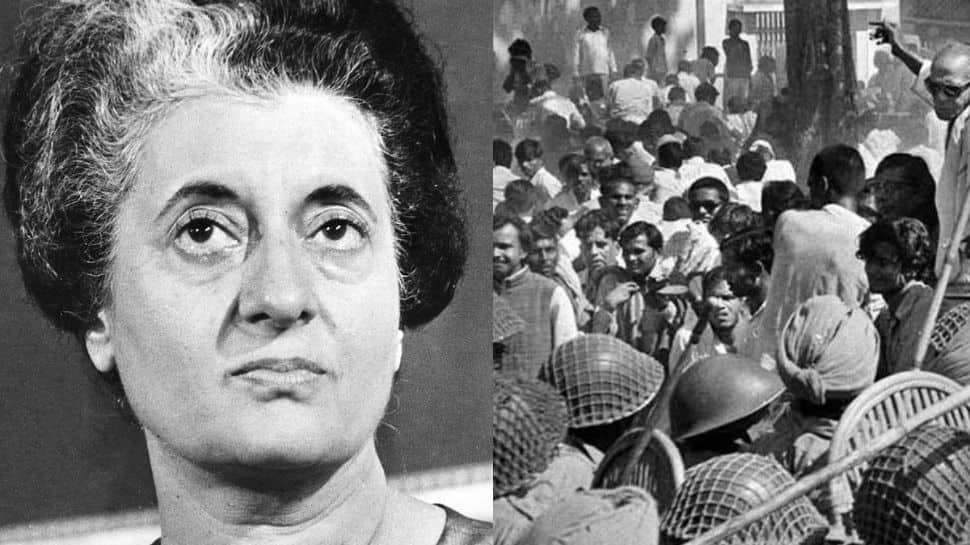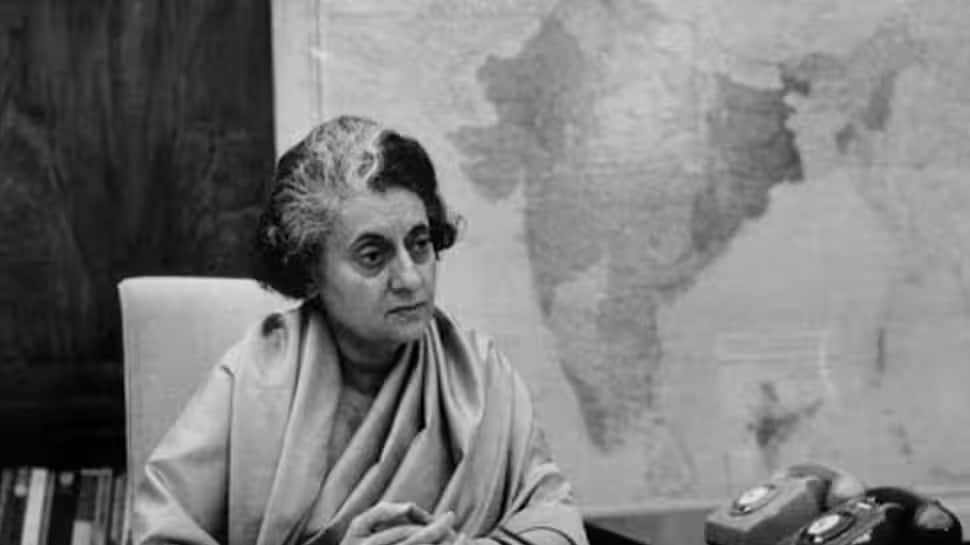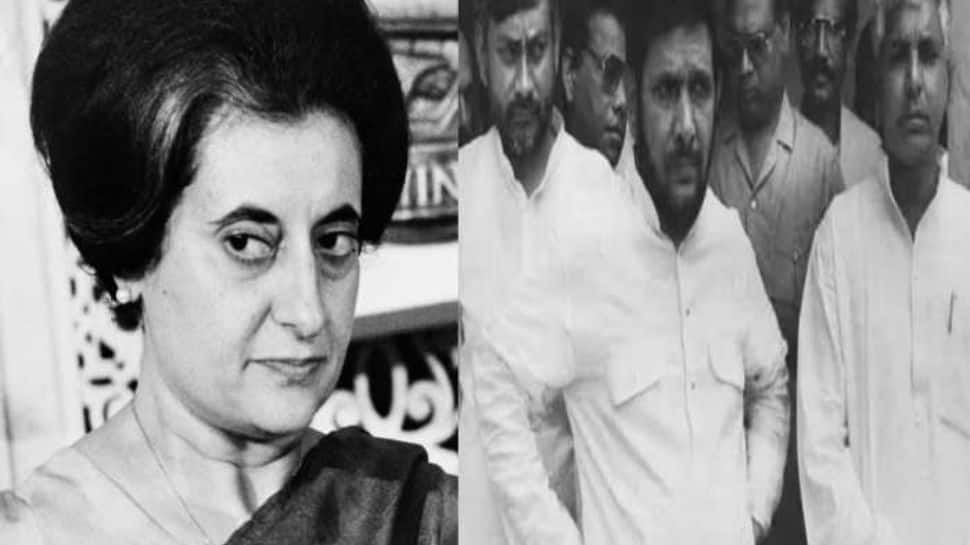In Rare Pics: The Infamous National Emergency Of 1975
On June 25, former Prime Minister Indira Gandhi imposed a nationwide state emergency which went down as one of the most notorious events in Indian history. The emergency led to the arrests of opposition leaders and the suspension of civil liberties. It was ended in 1977 after widespread protests of different party workers and elections that brought about a change in government.
)
During the emergency, civil liberties and press freedom were restricted, and there were crackdowns on political opposition to the Congress President Fakhruddin Ali issued the Emergency order under Article 352 of the Constitution.

Emergency resulted in the arrests of opposition leaders and suspension of civil liberties, concluding in 1977 with protests and elections that brought a change in government, amidst stringent government controls and bans.

At the time of the Emergency in 1975, the government reportedly banned trade union activity and strikes by workers and imposed fixed wages with no scope for bonuses. The workers who protested against this faced strict repression.

The Emergency in India refers to the 21 months from 1975 to 1977, declared by late Prime Minister Indira Gandhi. Reportedly, the Indira government also reasoned that there were threats to national security which required such strict measures.

The Emergency ended on March 21, 1977, before which Indira Gandhi had called for fresh elections on January 18, 1977. She had also ordered for the release of many opposition party leaders from prison.
Trending Photos








